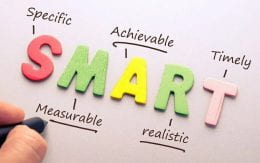First Friday e-Call Webinars
By Kylee Harrison
First Friday calls are an excellent opportunity to learn about resources available across the state. The purpose of the First Friday e-Call is to increase the local community’s knowledge of the experts, education, and economic resources available to help small businesses and entrepreneurs and to share innovations in community development.
The First Friday calls are hosted by K-State Research & Extension Community Vitality Specialist, Nancy Daniels. Each month, she brings in an informative speaker and explains interesting opportunities for you and/or your community.
The e-Calls are hosted via zoom on the first Friday of each month at 9:30 a..m. The next call will be May 6th and will feature Erik Pedersen and Amara Kniep, from NetWork Kansas, will share exciting opportunities made possible by a $500,000 grant from the Patterson Family Foundation.
To register for this e-Call or any of the future calls, please go to https://tinyurl.com/y9pjybxv






